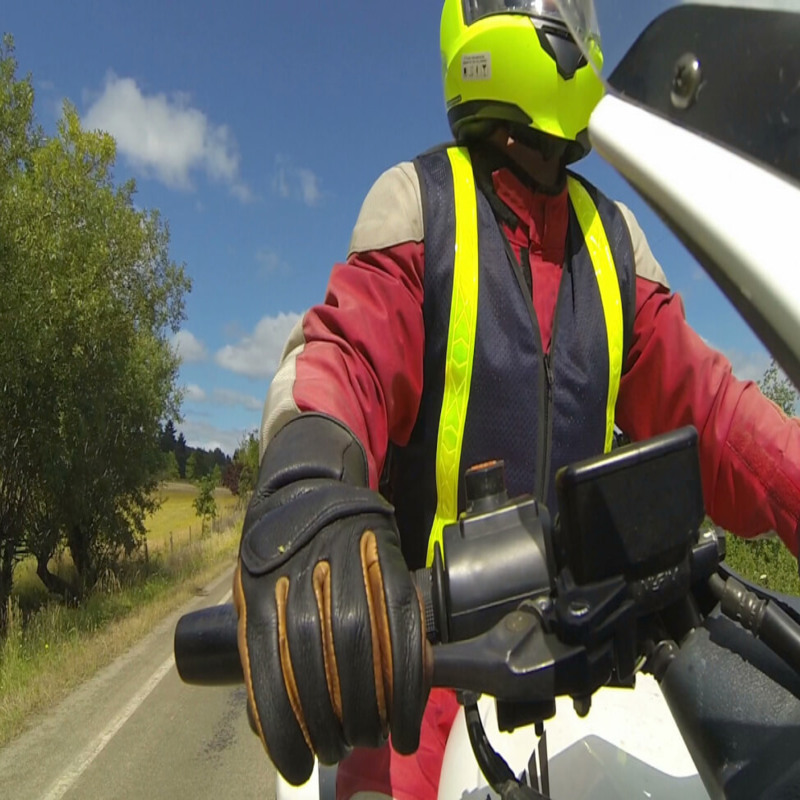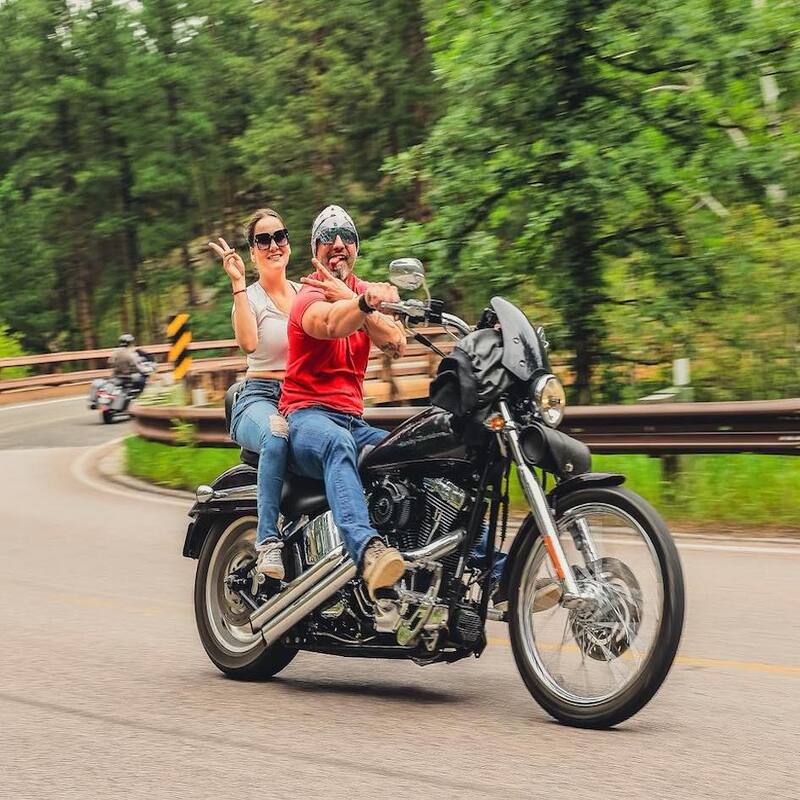Getting a motorcycle permit is an exciting step toward riding on two wheels. However, this process may vary by state and jurisdiction. To avoid hassles, one should understand the requirements. Familiarity with local regulations and preparation can make a significant difference. This guide covers the essential steps to apply for a motorcycle permit. Moreover, it highlights crucial tips to prepare for the examination and practice riding safely.
Understanding the Basics of Motorcycle Permits
A motorcycle permit is a provisional license allowing individuals to operate a motorcycle legally. Usually, it’s issued to beginners who are just starting. This permit comes with restrictions to ensure safety. For instance, many states require permit holders to ride only during daylight. Moreover, they may need to refrain from carrying passengers. Understanding these limitations is vital to ensure compliance.
Age Requirements for Obtaining a Permit
In most states, the minimum age to apply for a motorcycle permit is 15 or 16. Some states allow younger individuals to apply with parental permission. However, restrictions often apply to those under 18. Permit holders usually must be supervised by a licensed motorcycle operator. This ensures that young riders gain experience under safe conditions.
Fees and Application Processes
The fees for obtaining a motorcycle permit can vary significantly across states. Typically, applicants can expect to pay a nominal fee. This fee may cover tests, processing, or other administrative costs. Most Department of Motor Vehicles (DMV) offices allow online applications. Thus, applicants can save time by filling out forms at home before visiting in person.

Preparing for the Motorcycle Permit Examination
Preparation is crucial for passing the motorcycle permit exam. The exam usually consists of a written test and a skills assessment. Each component evaluates different aspects of motorcycle operation and safety. Therefore, completing a motorcycle safety course is highly advisable. Such courses often help riders gain essential skills before facing the exam.
Study Materials for the Written Exam
Preparing for the written portion of the exam is essential. Most states provide a motorcycle manual for applicants. This manual covers motorcycle laws, safety practices, and road signs. Reviewing this material can significantly improve one’s chances of passing. Additionally, practice tests available online can help reinforce important concepts.
Practicing Riding Skills
Once you’ve passed the written exam, practice can enhance your skills on the road. It’s beneficial to practice in a safe, controlled environment. Closed parking lots or quiet streets are ideal places to start. Focus on essential skills such as starting, stopping, and turning. Practicing these maneuvers builds confidence and comfort when riding.
Once you’ve completed the written exam, the next step is the skills assessment. This evaluation demonstrates your ability to operate a motorcycle safely. Many states encourage applicants to complete a Basic Rider Course (BRC). Not only does this course improve skills, but it can also reduce insurance costs. Furthermore, passing the course may waive the need for an additional skills test.
What to Expect During the Skills Assessment
During the assessment, you’ll perform a series of maneuvers. These typically include tight turns, quick stops, and obstacle avoidance. Exam administrators will evaluate your control over the motorcycle. Being prepared for various scenarios increases your success rate. Practicing these skills helps demonstrate your readiness to ride.
Tips for Successful Completion
On the day of your assessment, it’s vital to stay calm and focused. Arriving early reduces stress and allows time for warm-up. Be sure to wear the proper safety gear, including a helmet, gloves, and boots. This not only keeps you safe but also impresses examiners. Listen carefully to instructions and follow them precisely, as it can affect your overall score.
Understanding Restrictions and Regulations
After passing the motorcycle permit process, it’s essential to understand the related restrictions. Each state may have unique requirements for permit holders. Being informed about these can prevent potential issues. Riding with limitations requires responsibility and awareness while on the road.
Time Limits and Passenger Restrictions
Most permits come with limitations related to time and passengers. Night riding is often prohibited for new riders. Additionally, in many jurisdictions, permit holders cannot carry passengers. These restrictions aim to help new riders gradually adjust to motorcycle riding. Observing these rules ensures enhanced safety for the rider and others on the road.
Renewing Your Motorcycle Permit
Typically, motorcycle permits are valid for a limited period. In many states, the renewal period is usually six months to one year. To renew your permit, you might not need to retake the written exam. However, it may involve a simple application and payment of a renewal fee. Always check the specific requirements in your state to ensure compliance.

Taking the Next Step: Upgrading to a Full License
Once you have gained adequate riding experience, upgrading to a full motorcycle license is the next logical step. Here lies the chance to enjoy more freedom on the road. However, a full license comes with privileges, as well as responsibilities. It’s crucial not to rush into this step without preparation and experience.
When to Upgrade
Generally, riders should consider upgrading after practicing riding for at least six months to a year. Gaining experience in various conditions is vital for preparedness. Factors such as weather, traffic, and road types can affect riding behavior. Additionally, most states require a specific number of hours logged before upgrading.
Process for Upgrading
The upgrade process typically involves passing a riding skills test or completing an advanced riding course. Some states may allow you to bypass the skills test if you’ve completed a recognized training program. After passing the necessary tests, you’ll need to apply for your full motorcycle license. This usually involves submitting paperwork and paying an upgrade fee.
The Importance of Safety Gear and Training
Investing in the right safety gear is crucial for all motorcyclists. Wearing protective clothing reduces the risk of injury in the event of a fall. Moreover, attending safety training courses can teach riders essential skills. Continued education regarding safe riding practices cannot be overstated.
Choosing the Right Gear
A quality helmet is the most critical piece of safety gear. Additionally, consider wearing jackets, gloves, and boots made from durable materials. Clothing should offer protection while still being comfortable for riding. Gloves should allow for grip while protecting the hands. Investing in quality gear can ensure safety and enhance rider comfort.
Continuing Education and Training
Riding is a skill that requires constant refinement. Continuing education programs and advanced riding courses are beneficial. These courses cover new techniques, safety updates, and road regulations. By participating in ongoing education, riders enhance their skills and confidence. Staying proactive about safety prepares riders for any situation they may encounter on the road.
Building Confidence on the Road
Confidence plays a significant role in motorcycle riding. New riders may experience nervousness and apprehension. Developing confidence involves practice, experience, and knowledge. As riders become more comfortable, they can enjoy their biking experience fully.
Overcoming Fear and Anxiety
Feeling afraid while riding is natural for many beginners. To combat this fear, focus on gradual exposure. Start by riding in low-traffic areas and gradually progress to busier streets. It’s essential to take things step-by-step. Remember that each ride enhances your comfort and skills. Consistent practice fosters familiarity with the motorcycle.
Joining Riding Communities
Connecting with local riding clubs can boost confidence significantly. These communities offer support, friendship, and advice. Riding with experienced individuals can help new riders gain insights. Moreover, group rides can provide a safer environment to learn. Joining a riding community helps in building connections and makes riding more enjoyable.

Conclusion: Embrace the Journey
Obtaining a motorcycle permit is a necessary step for aspiring motorcyclists. It involves understanding the legal requirements, passing exams, and gaining experience. Practicing skills, following safety protocols, and continuing education are essential components. Riding is not just about following rules; it’s about embracing the freedom and joy it brings.
In summary, preparation, knowledge, and practice are your best allies. By taking this journey step by step, you will eventually become a confident and skilled motorcyclist. Ride safely, always prioritize learning, and enjoy every moment on the open road. Your motorcycle adventure is just beginning, so embrace it fully.



